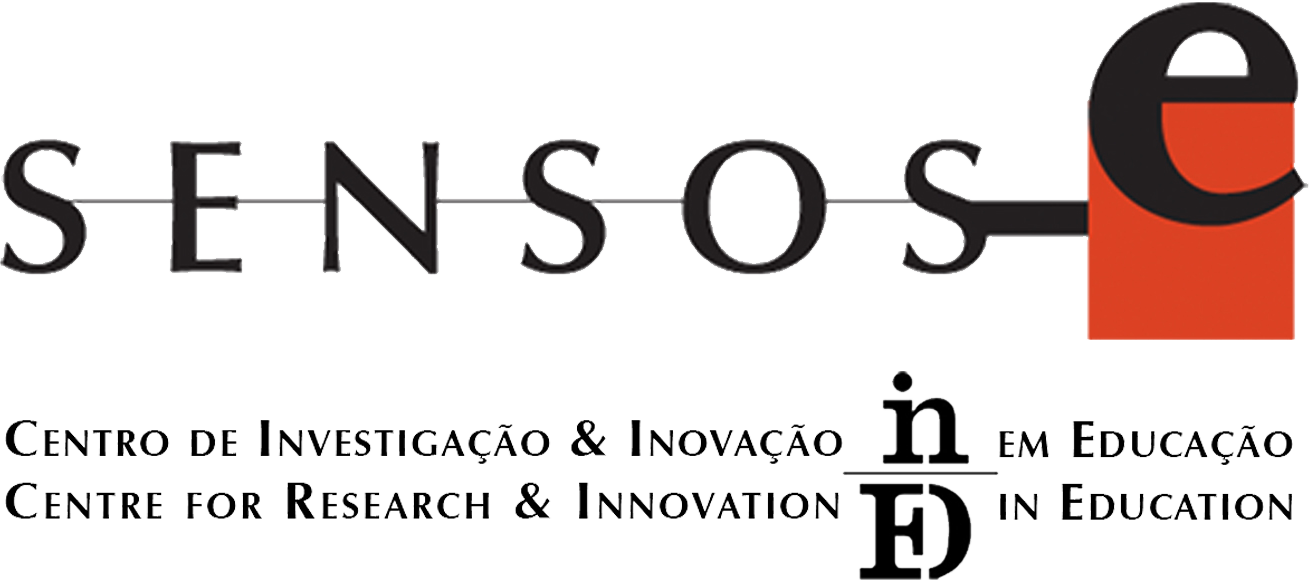Education in museums: Paths and scenarios of cultural mediation
DOI:
https://doi.org/10.34630/sensose.v9i1.4331Keywords:
Museum, Education, Educational service, Cultural mediationAbstract
Although in times past attention was drawn to the pedagogical potential of museums, we note that in Portugal the first educational service was only created in 1953, at Museu nacional de Arte Antiga. This measure was a pioneer one in the country and had a national level repercussion. It assumed a leading role in the training of monitors and curators, and with it a new line of educational action flourished, leading to the creation of Educational Services, regardless of the terminology used at other cultural institutions.
Since the end of the 20th century and the first decades of the new millennium, museums have given particular attention to their eucational function which has been progressively assuming itself as a key area of mediation between audiences and collections and/or exhibitions. It goes beyond the scope of the museum-school relationship, freeing itself from a subordinate and complementary position, becoming an emerging and consolidating function, which tends to be part of diversified programs aimed at heterogeneous audiences and with minimal resources (human and material).
Downloads
Published
How to Cite
Issue
Section
License
Copyright (c) 2022 José Miguel Neves, Rosário Barbosa

This work is licensed under a Creative Commons Attribution-NonCommercial-ShareAlike 4.0 International License.



